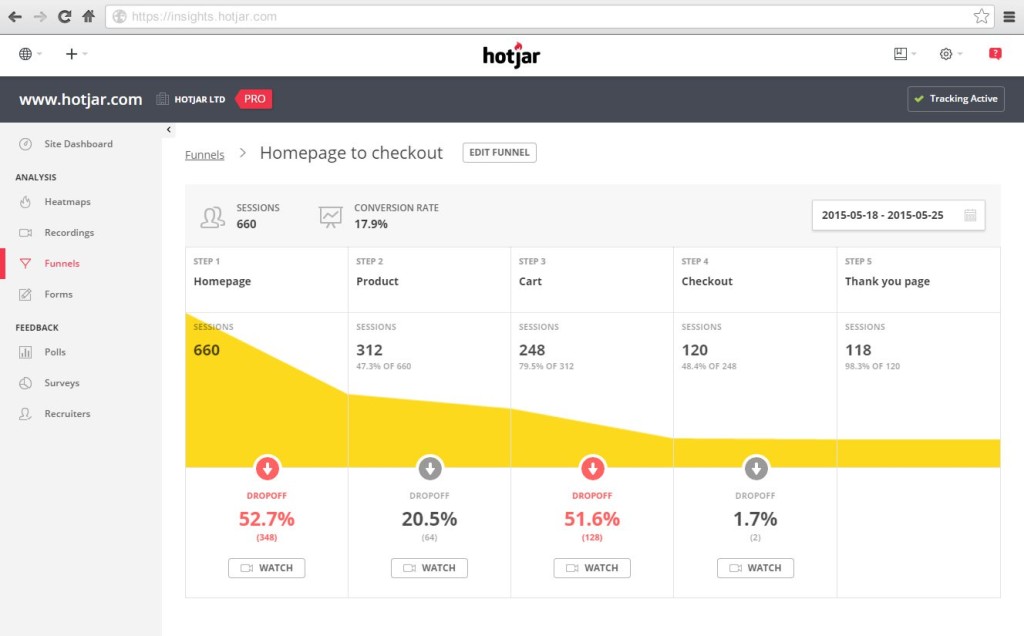3 things B2B e-commerce can learn from B2C


From the beginning of 2020 to date there are 2 million new online consumers in Italy (a total of 29 million), 1.3 million of which, according to data from the Netcomm Forum held on 6 and 7 May, can be attributed to the impact of the Covid-19 health emergency. From January to May 2019, in fact, there were 700,000 new consumers, growth that the e-commerce market also expected in the first four months of 2020, if the Coronavirus and the subsequent lockdown had not taken place.
Click&collect, i.e. the possibility of ordering a product online and having the customer pick it up in shop, recorded a growth of +349%, a habit that, according to the Netcomm Chairman, will become increasingly consolidated in the coming months, as it allows flexibility, adaptation to the needs of mobility and, above all, social distancing.
But does this ’10-year evolutionary leap in digital’, in the words of Netcomm Chairman Roberto Liscia, also apply to B2B e-commerce?
B2B e-commerce has always existed, in the form of EDI in large-scale retailing since the 1980s, but in recent years it has had a new flowering also driven by the dynamics of B2C.

In our experience, B2B commerce goes beyond: it creates a direct channel in which customers can find all the information that concerns them, payment status, purchases and order fulfilment.
There are aspects that underline differences between B2B and B2C such as use opportunity, volumes, specialization in purchaser’s acquisition, supply modality, delivery and payment. Therefore B2B commerce is nowadays a tool that cannot be transformed into commodity, which is the case of B2C platforms instead.